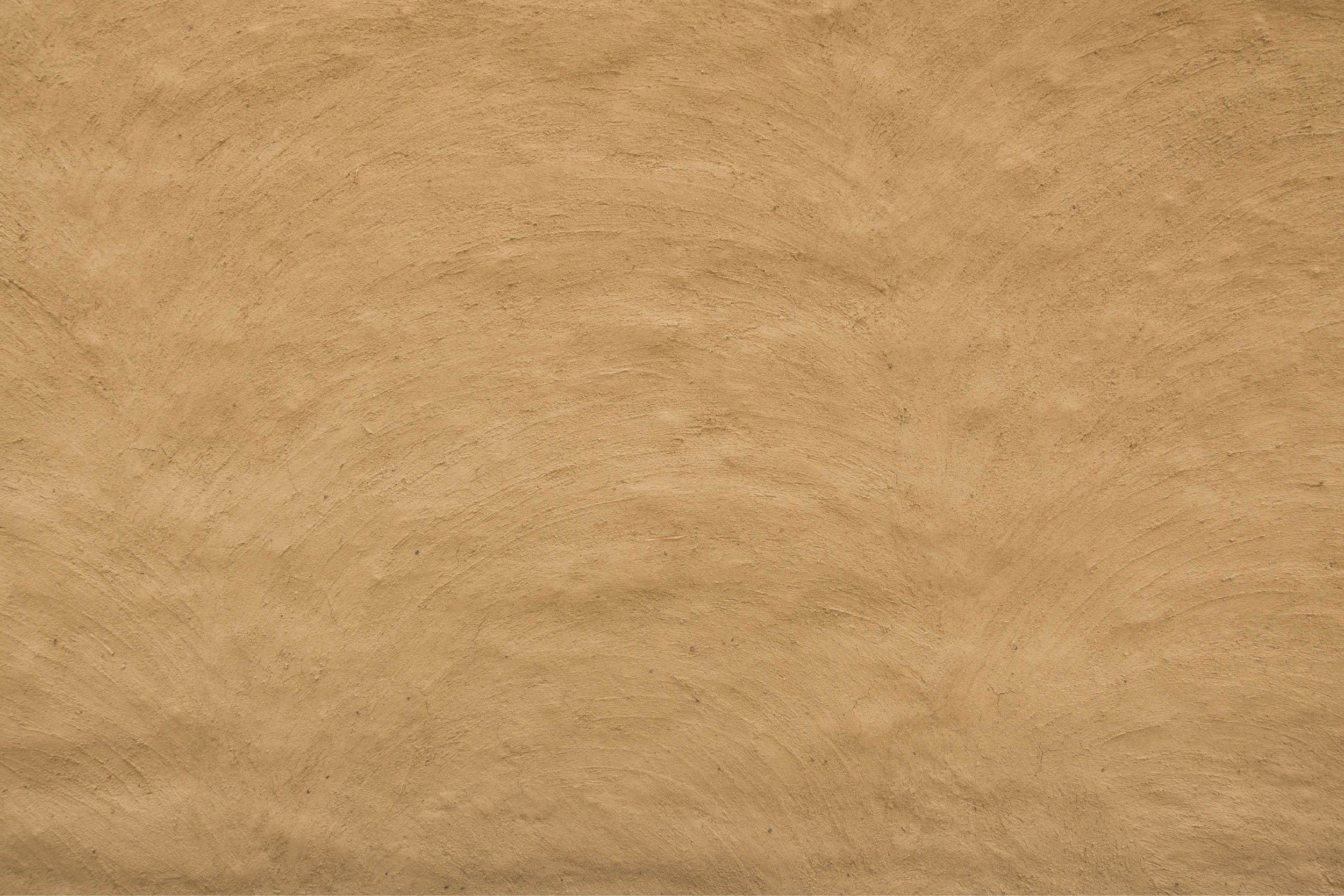
History of Mudbrick
in Nillumbik
Older earth and wattle and daub buildings in the area hark back to the brief gold rush days in Warrandyte, Queenstown (Saint Andrews), Smiths Gully, Panton Hill and Hurstbridge. Earth building was later discarded as a medium as it was historically considered a temporary structure to be replaced by a more 'substantial' timber or brick structure as soon as funds could be found.
Justin Jorgensen, at the expanding Monsalvat, (with its many mixtures of European architectural styles), John Harcourt (a local builder who erected homes along classic French provincial lines close to the town centre) and others in the1930s and '40s began the revival of earth building into its modern form.
Their inspiration, along with Nillumbik's exceptional building clays, an increased awareness of the thermal properties of earth building, 'do it yourself' labour and the scarcity of cash sparked a revival. Recycling building materials was a conscious strategy employed to control costs and making walling materials by hand using mud bricks became a local trend. Parts of Eltham society began to see itself as different from mainstream suburbia. People of like disposition, with a genuine interest in architecture assisted the industry in becoming self sustaining.
Architect and gardening columnist Edna Walling and her principal contractors, Eric Hammond and Ellis (Rocky) Stone championed the idea of buildings, gardens and site as a holistic principal. Edna was a fervent proponent and publicist of native Australian plants and landscape, particularly in her latter years when the Eltham revival began to gather significant momentum. Eltham understudies Gordon Ford and Ivan Stranger were significant local influences.
Mention must be made of the special role that Alistair Knox played in the earth building revival. Early post war he was a bank clerk by day and a building student by night. Banks were the de facto regulators, as they wouldn't lend for housing unless their inspectors and their bank's guidelines gave their approval. This became a serious impediment to the emerging mud brick building industry as earth buildings just weren't in the books and so capital was not forthcoming. Alistair, while still employed by the bank, engineered a scheme whereby earth building was accepted as a bona fide building method. Without his initiative, earth building would have stopped in its tracks.
After he left the Bank in the early 1950's, Alistair made his mark as a building designer. He took inspiration from his local environment and together with Peter Glass, designed homes that complemented the environment. He pioneered the softer 'Australian' architectural look or model characterised by a lower, flatter roof line, often with a clerestory to introduce light to the center of the house and large windows to the living areas to bring the 'outside in'.
Second hand bricks, large eaves, verandahs, natural materials and finishes, adobe walls, timber linings and large beams (often 2nd hand), brick and slate floors became a feature. Sitting and position in relation to the natural environment and sunlight was a fundamental principal, indeed it was its inspiration.
Alistair Knox popularised and legitimised mud brick buildings in mainstream society. This acceptance spawned the next generation of builders and designers - John Pizzey, Clifton Pugh and his mates around the Dunmoochin area in Cottlesbridge, Rose and Bateman, Robert Marshall, Barry Wilde and countless gifted craftsmen, and inspired owner builders. This drove a demand for specialist trades, suppliers and finishers, all who brought an energy and creative can-do culture along with genuine interest and technical expertise to the area. The result is that the Nillumbik area has a substantial stock of beautifully designed, built and finished earth buildings which form a pivotal part of the Nillumbik heritage.

